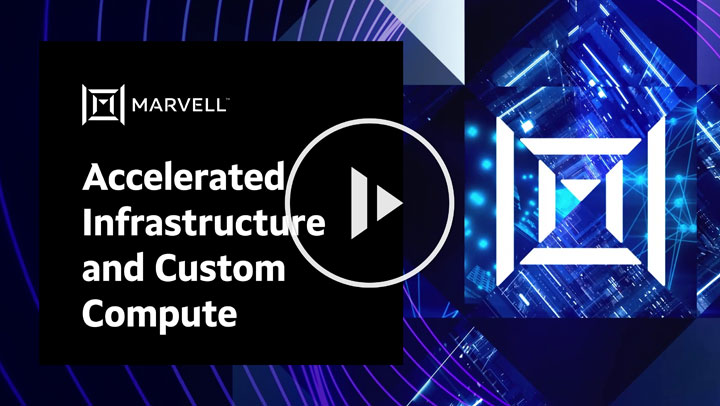

By Chander Chadha, Director of Marketing, Flash Storage Products, Marvell
AI is all about dichotomies. Distinct computing architectures and processors have been developed for training and inference workloads. In the past two years, scale-up and scale-out networks have emerged.
Soon, the same will happen in storage.
The AI infrastructure need is prompting storage companies to develop SSDs, controllers, NAND and other technologies fine-tuned to support GPUs—with an emphasis on higher IOPS (input/output operations per second) for AI inference—that will be fundamentally different from those for CPU-connected drives where latency and capacity are the bigger focus points. This drive bifurcation also likely won’t be the last; expect to also see drives optimized for training or inference.
As in other technology markets, the changes are being driven by the rapid growth of AI and the equally rapidly growing need to boost the performance, efficiency and TCO of AI infrastructure. The total amount of SSD capacity inside data centers is expected to double to approximately 2 zettabytes by 2028 with the growth primary fueled by AI.1 By that year, SSDs will account for 41% of the installed base of data center drives, up from 25% in 2023.1
Greater storage capacity, however, also potentially means more storage network complexity, latency, and storage management overhead. It also means potentially more power. In 2023, SSDs accounted for 4 terawatt hours of data center power, or around 25% of the 16 TWh consumed by storage. By 2028, SSDs are slated to account for 11TWh, or 50%, of storage’s expected total for the year.1 While storage represents less than five percent of total data power consumption, the total remains large and provides incentives for saving. Reducing storage power by even 1 TWh, or less than 10%, would save enough electricity to power 90,000 US homes for a year.2 Finding the precise balance between capacity, speed, power and cost will be critical for both AI data center operators and customers. Creating different categories of technologies becomes the first step toward optimizing products in a way that will be scalable.
By Kristin Hehir, Senior Manager, PR and Marketing, Marvell
 Powered by the Marvell® Bravera™ SC5 controller, Memblaze developed the PBlaze 7 7940 GEN5 SSD family, delivering an impressive 2.5 times the performance and 1.5 times the power efficiency compared to conventional PCIe 4.0 SSDs and ~55/9us read/write latency1. This makes the SSD ideal for business-critical applications and high-performance workloads like machine learning and cloud computing. In addition, Memblaze utilized the innovative sustainability features of Marvell’s Bravera SC5 controllers for greater resource efficiency, reduced environmental impact and streamlined development efforts and inventory management.
Powered by the Marvell® Bravera™ SC5 controller, Memblaze developed the PBlaze 7 7940 GEN5 SSD family, delivering an impressive 2.5 times the performance and 1.5 times the power efficiency compared to conventional PCIe 4.0 SSDs and ~55/9us read/write latency1. This makes the SSD ideal for business-critical applications and high-performance workloads like machine learning and cloud computing. In addition, Memblaze utilized the innovative sustainability features of Marvell’s Bravera SC5 controllers for greater resource efficiency, reduced environmental impact and streamlined development efforts and inventory management.
Copyright © 2025 Marvell, All rights reserved.
